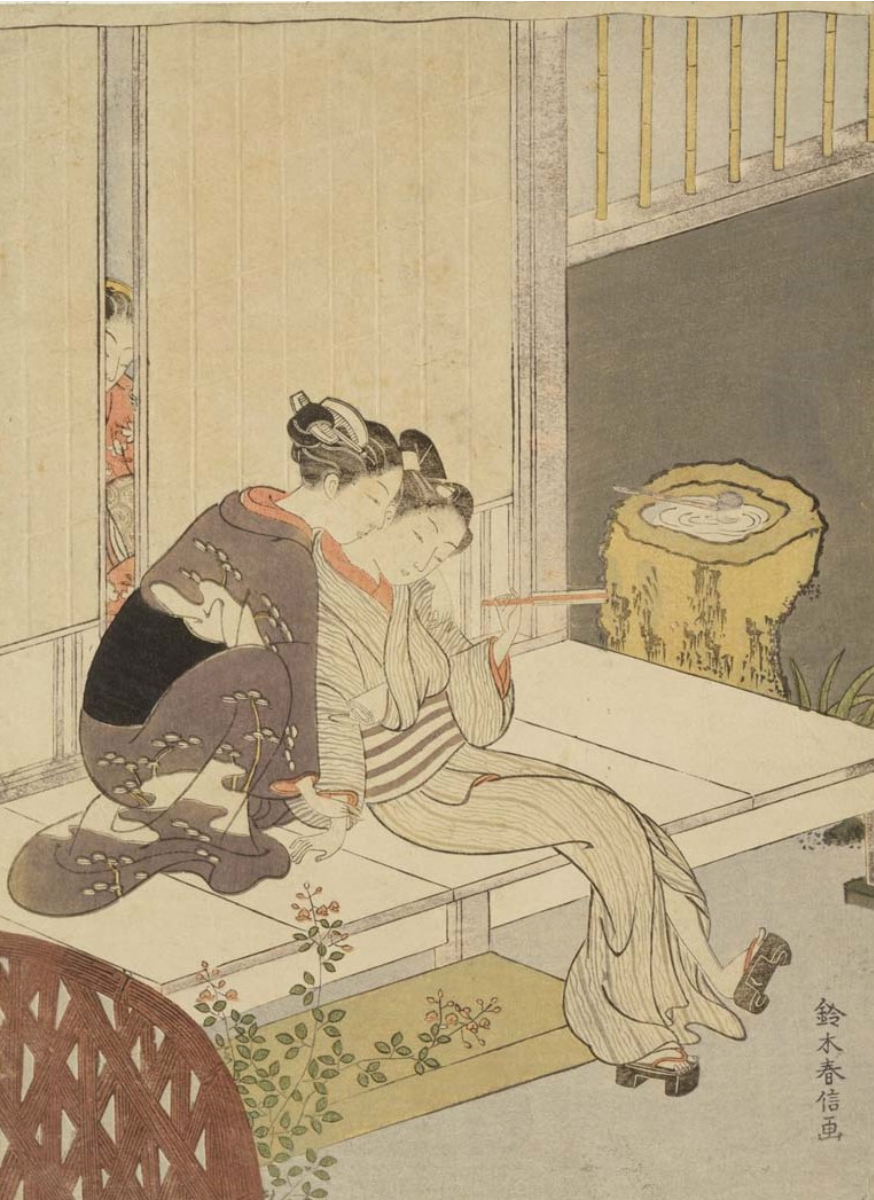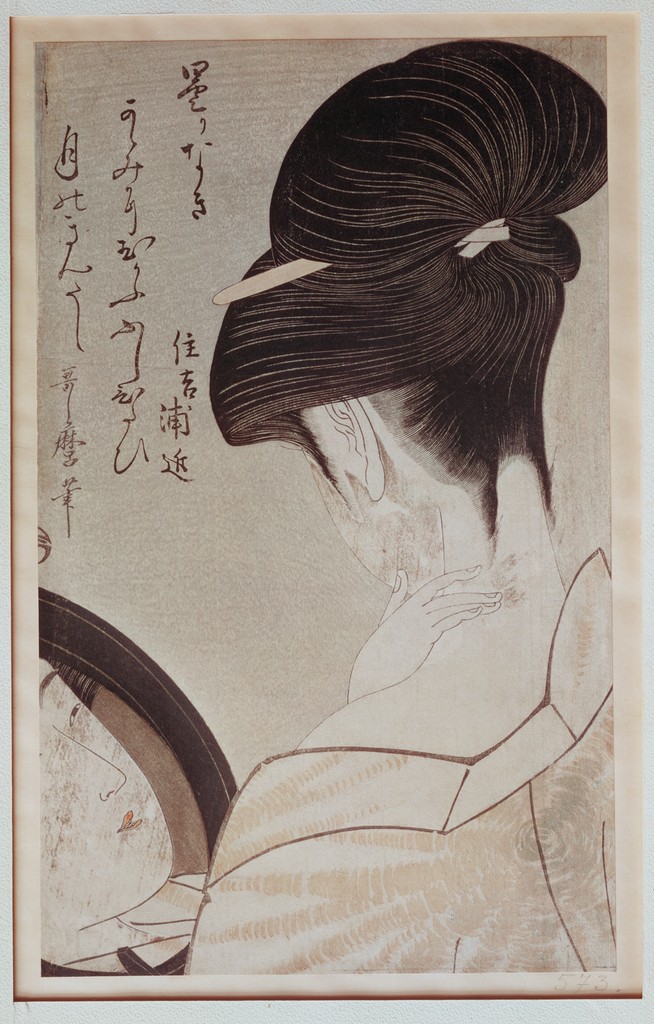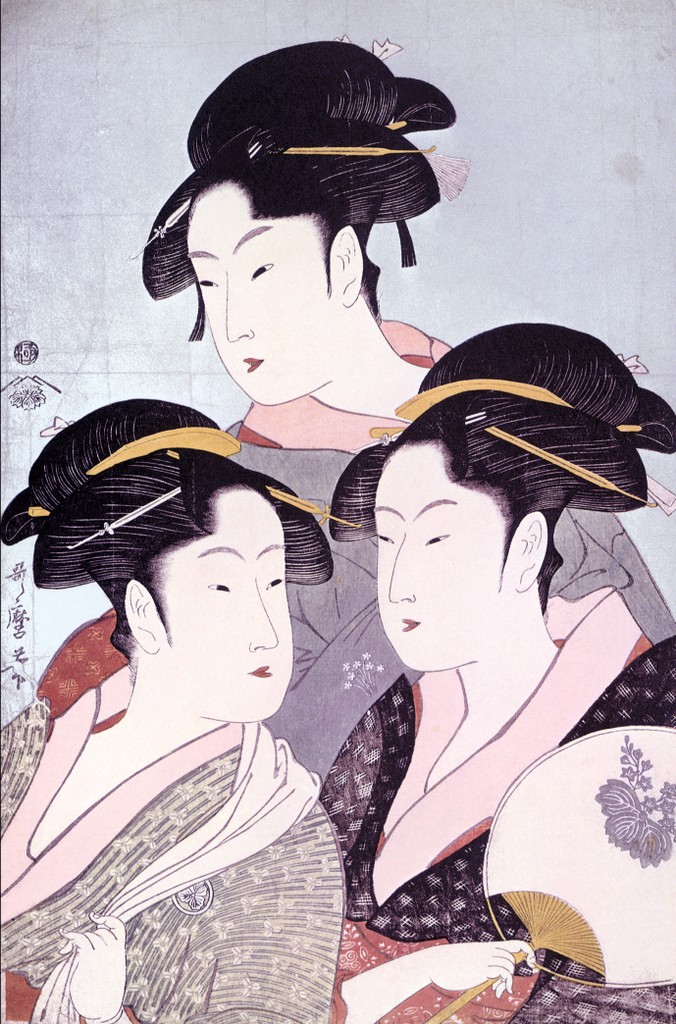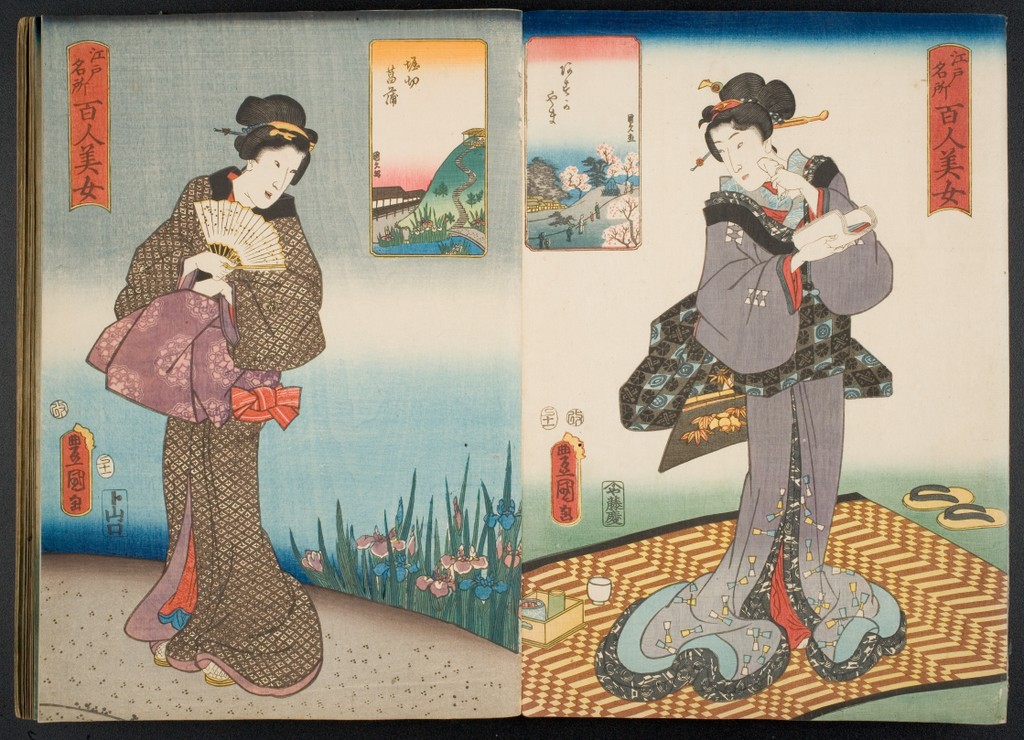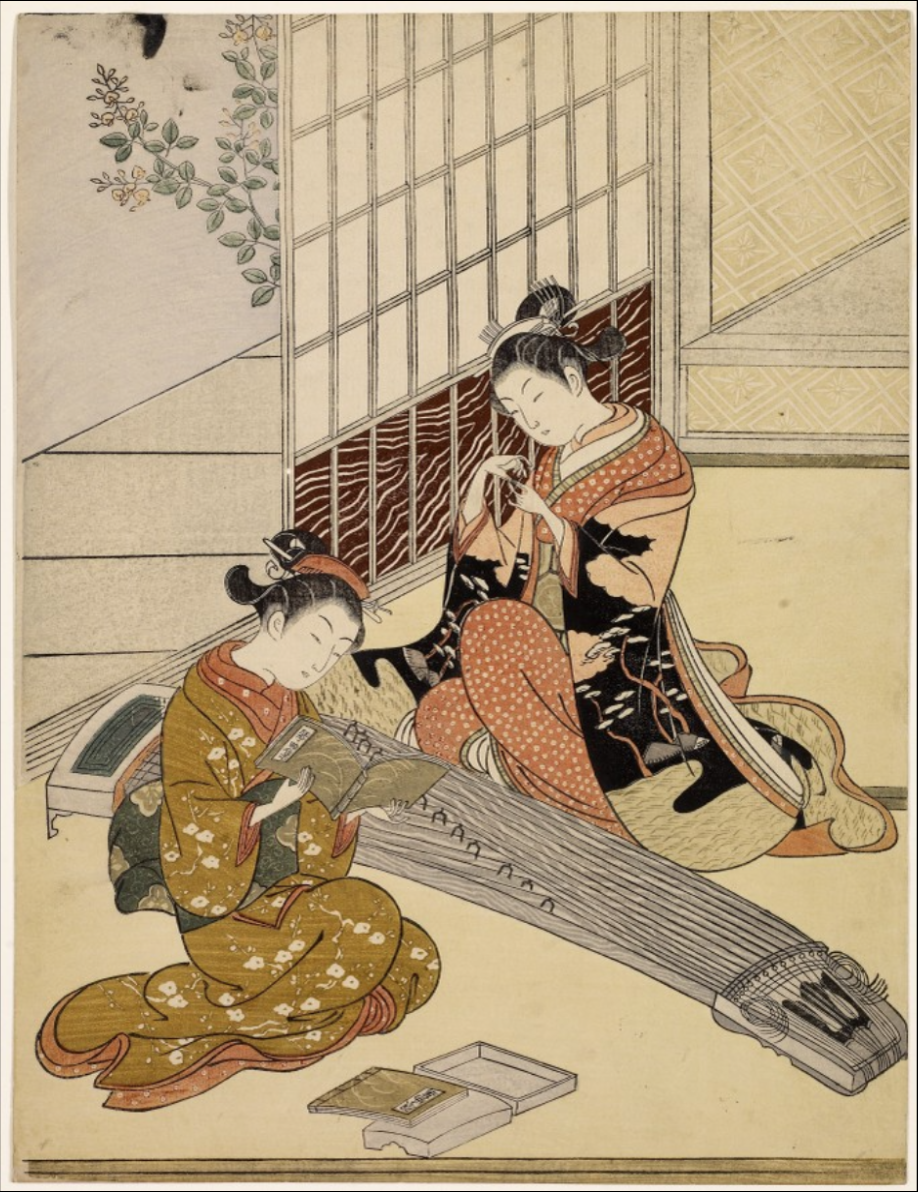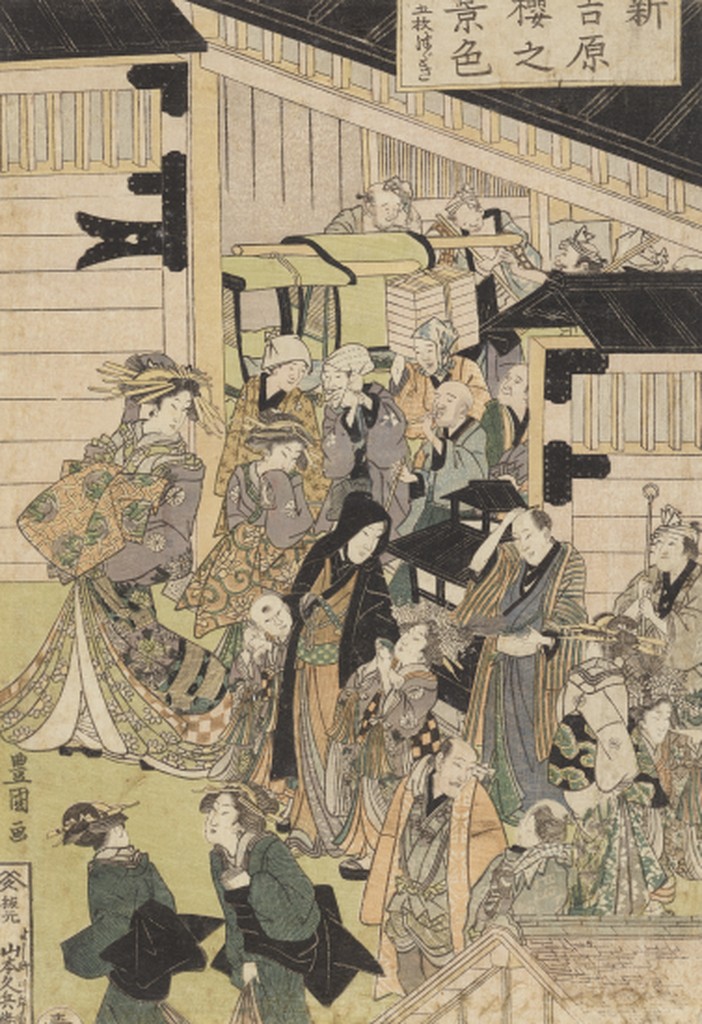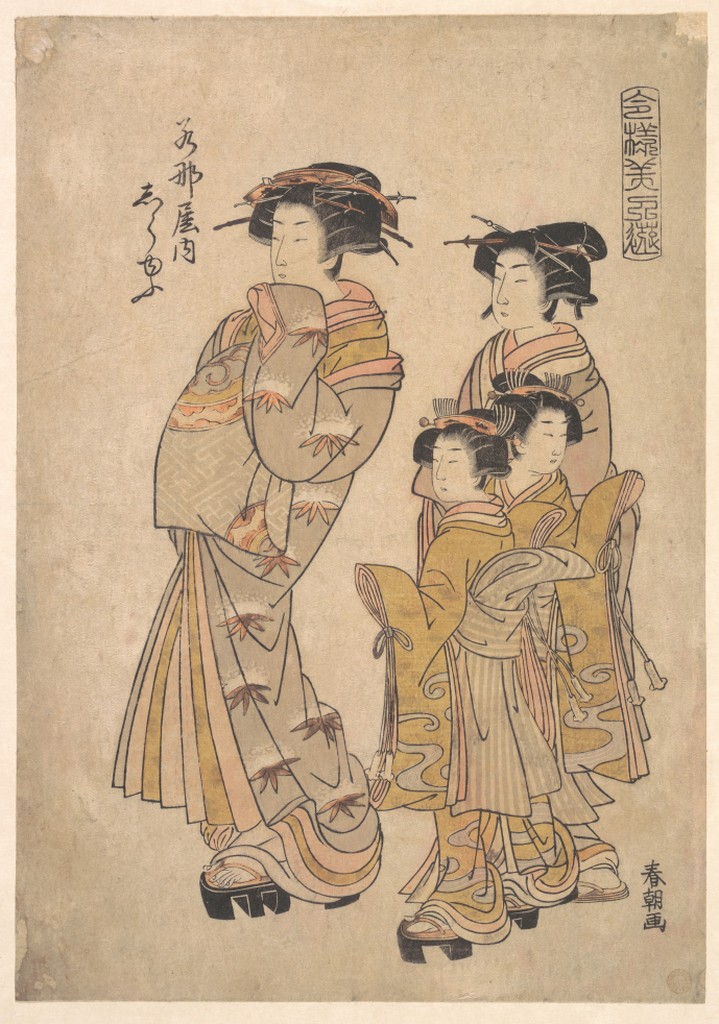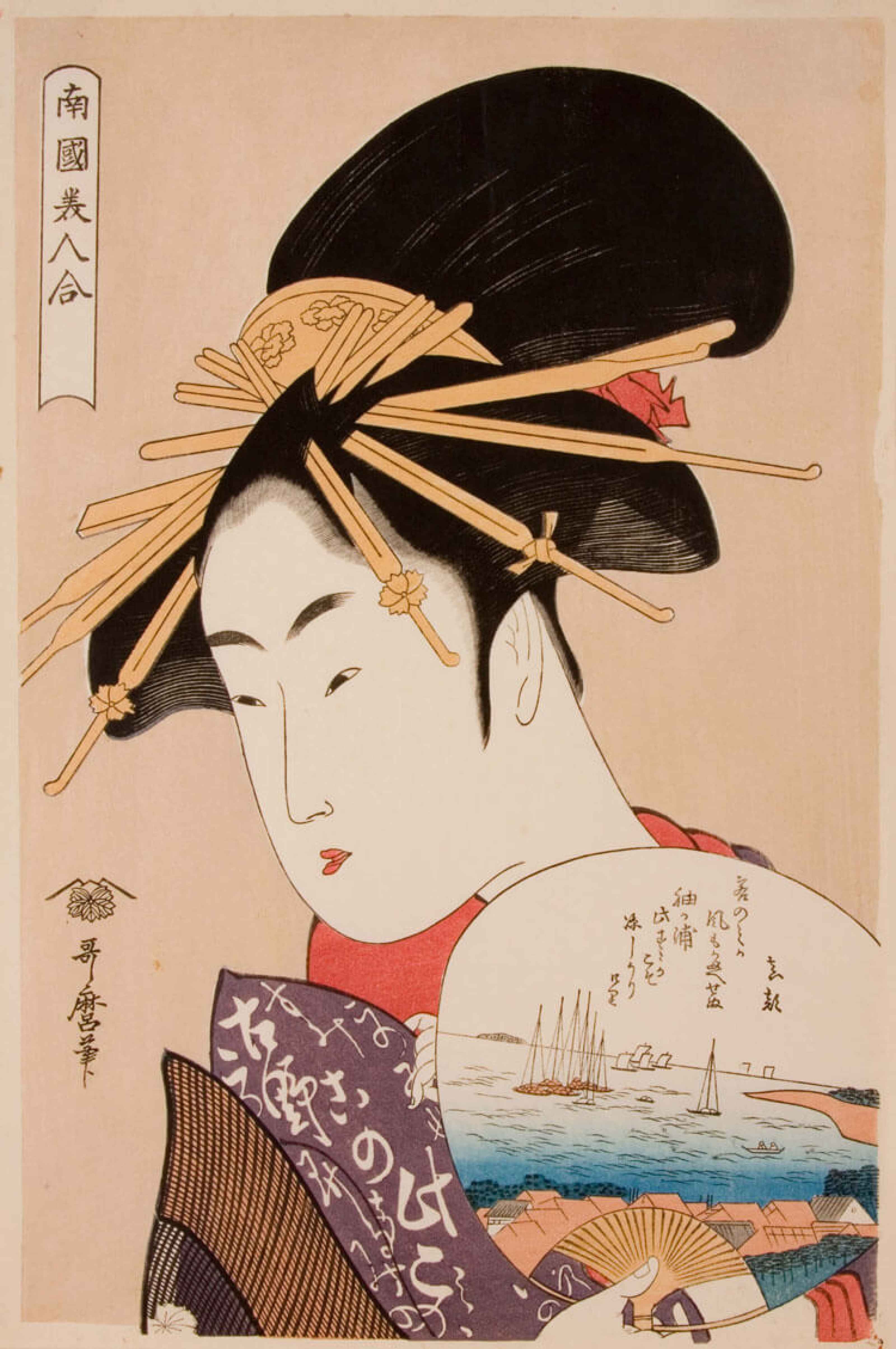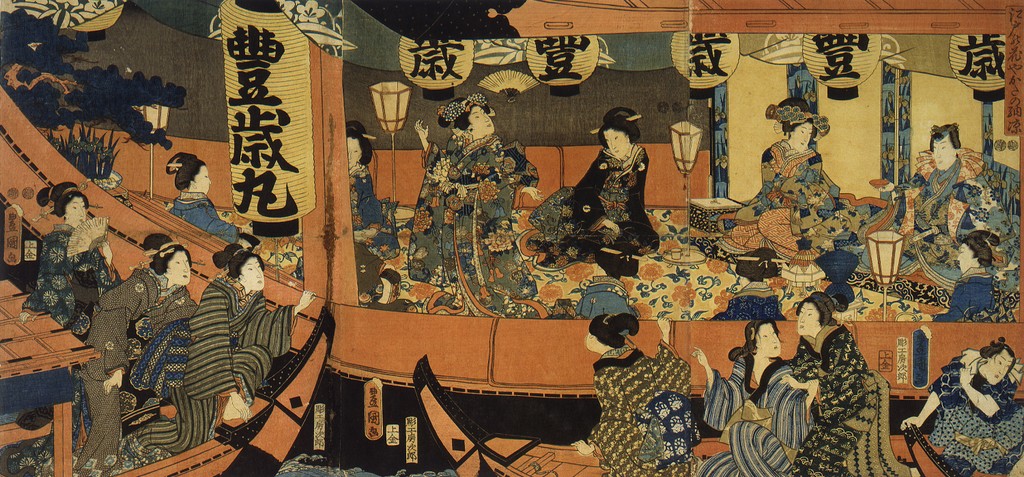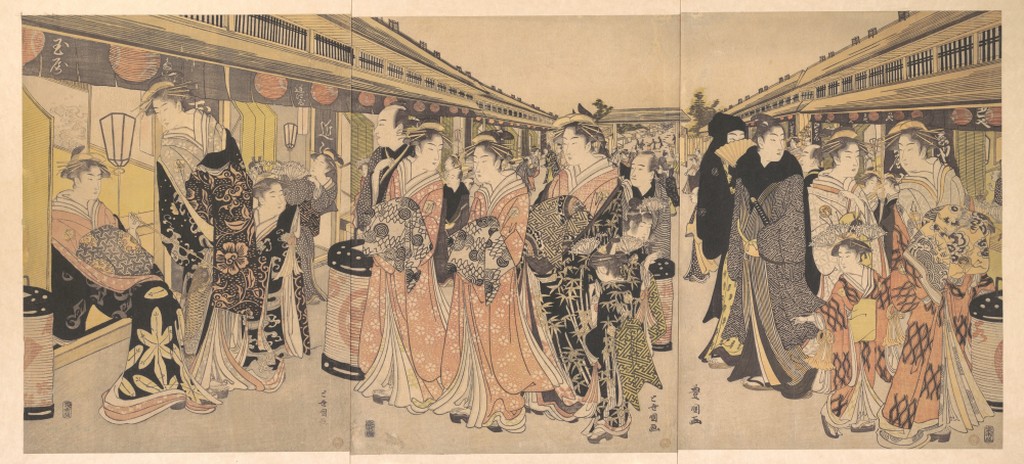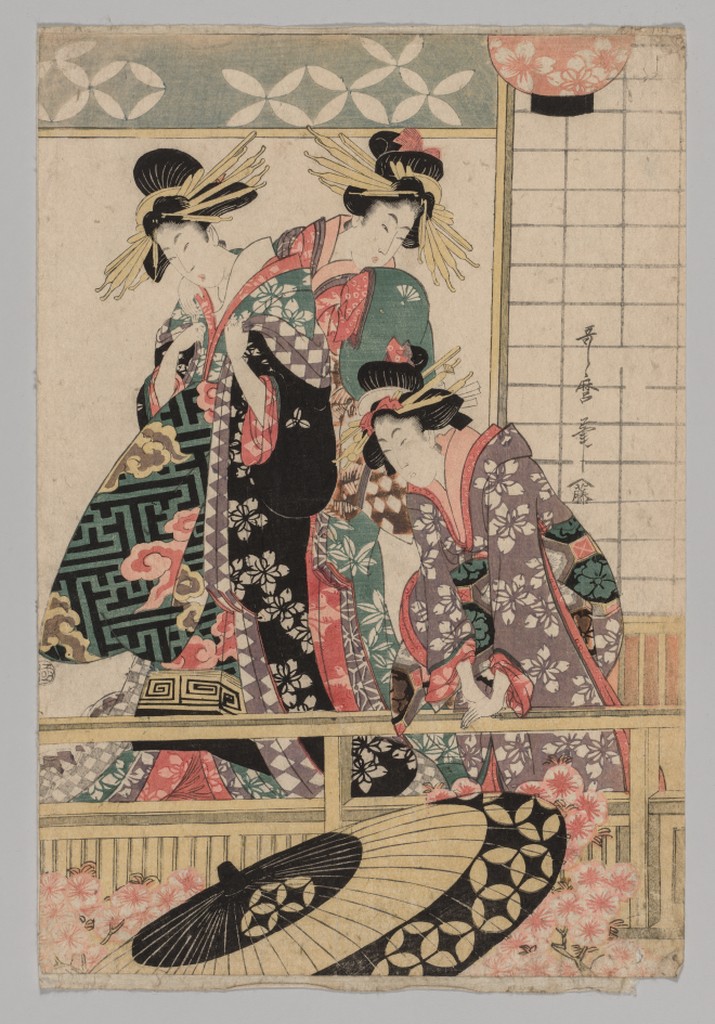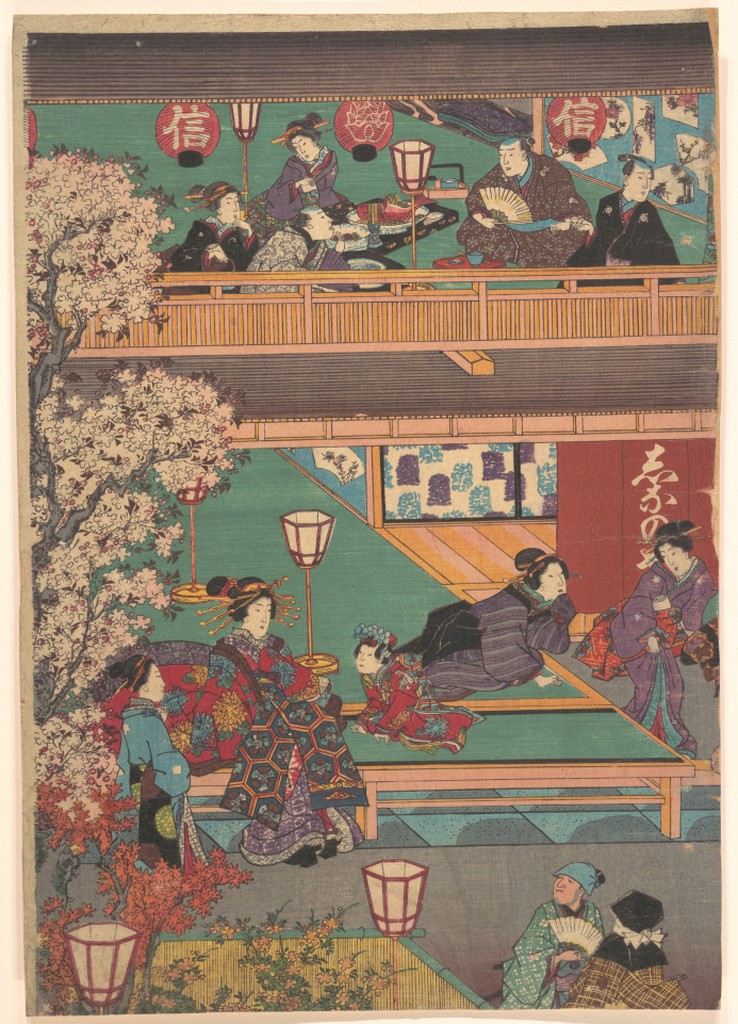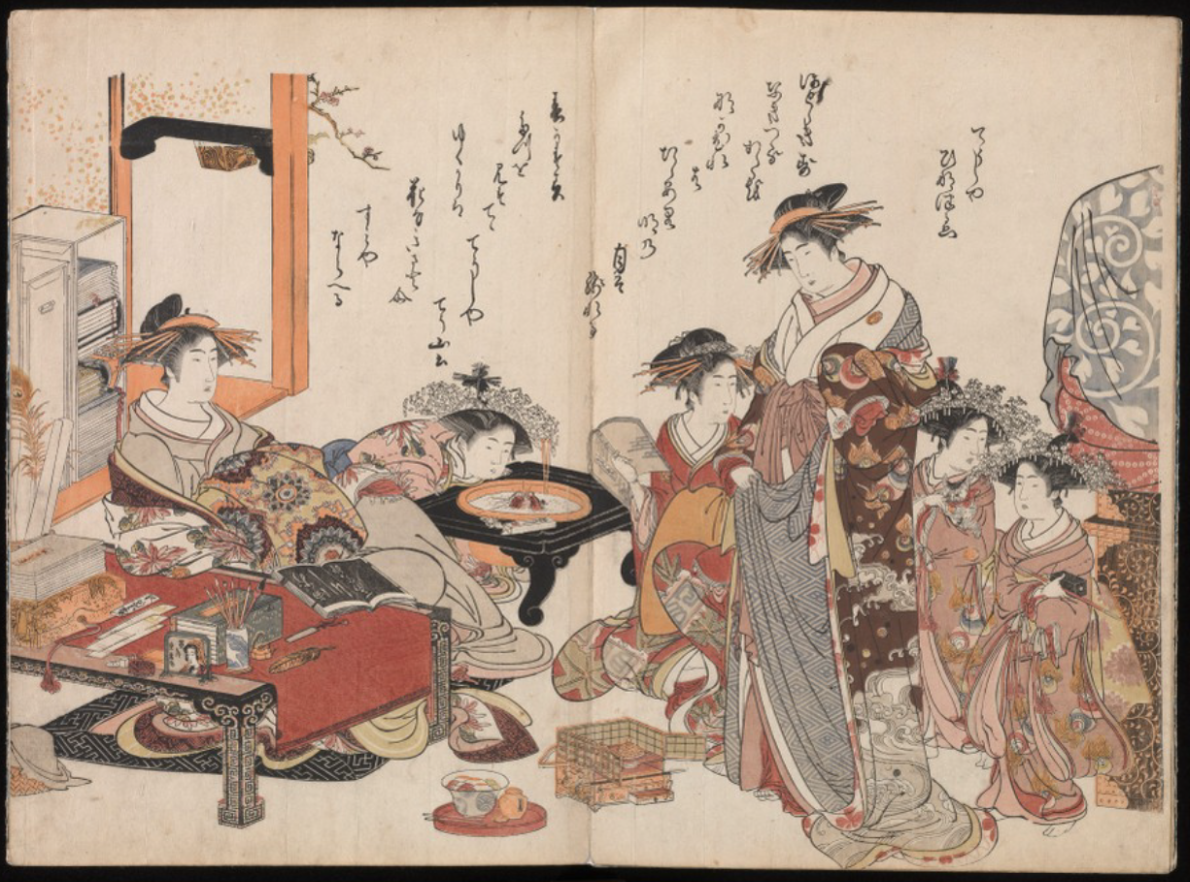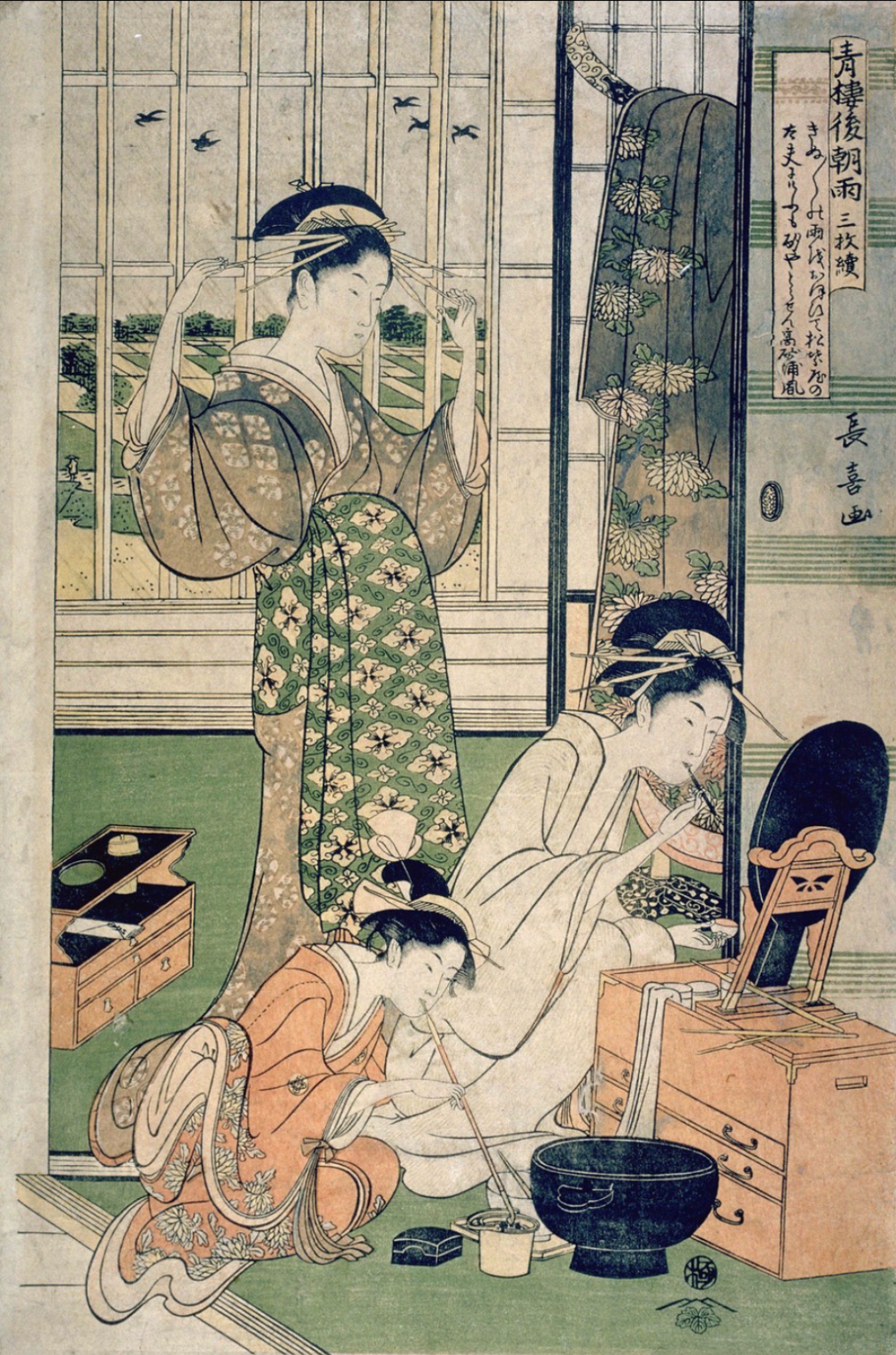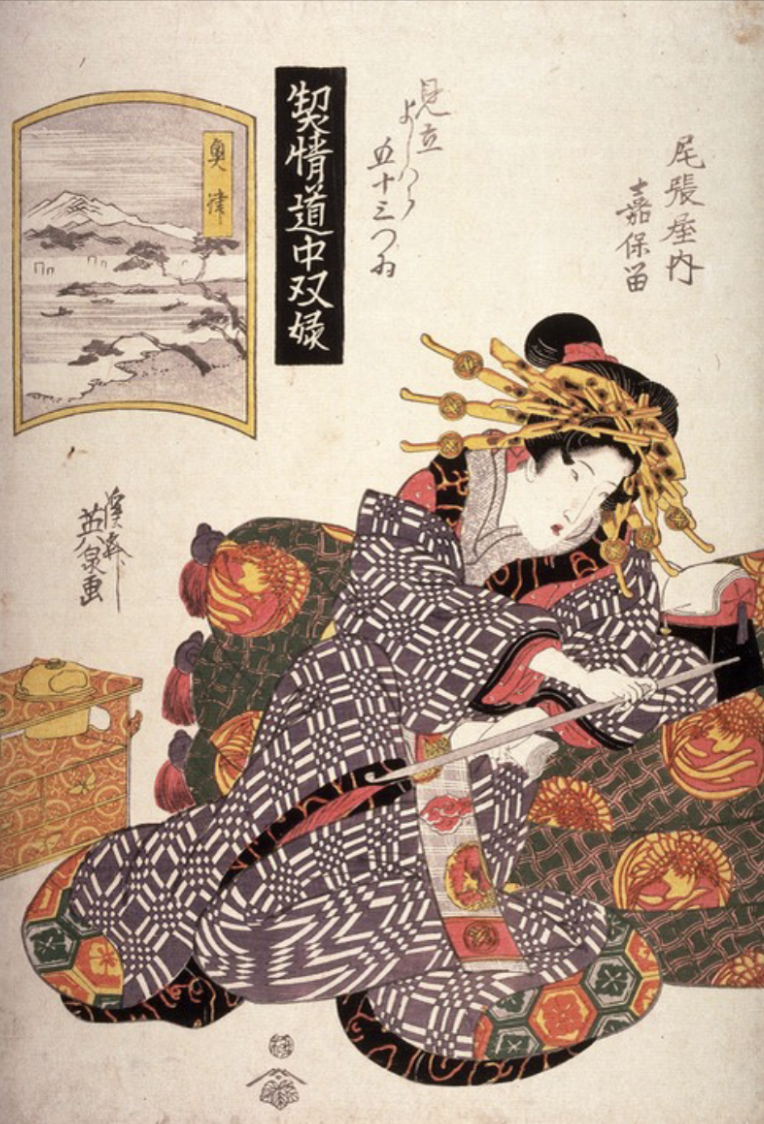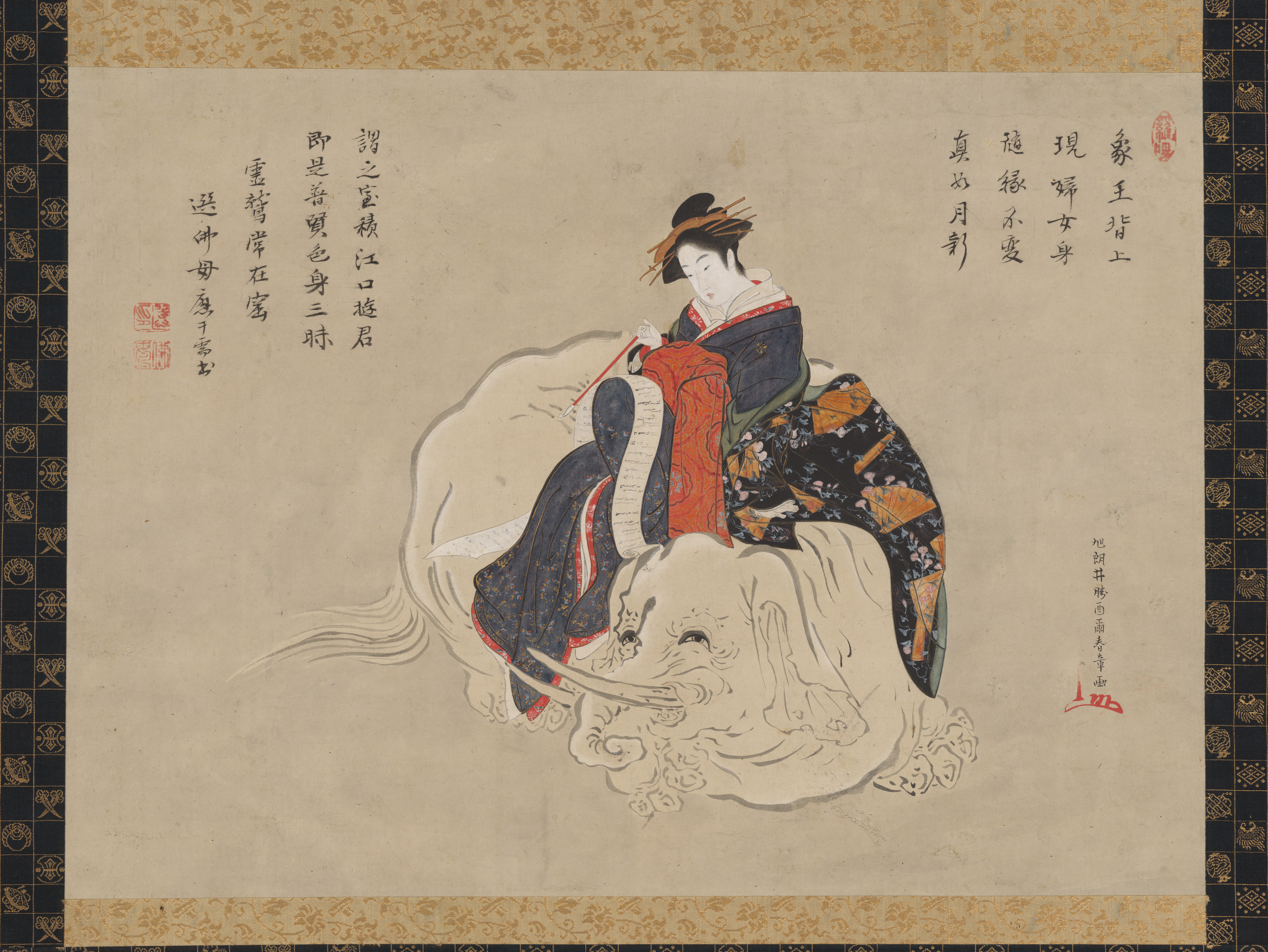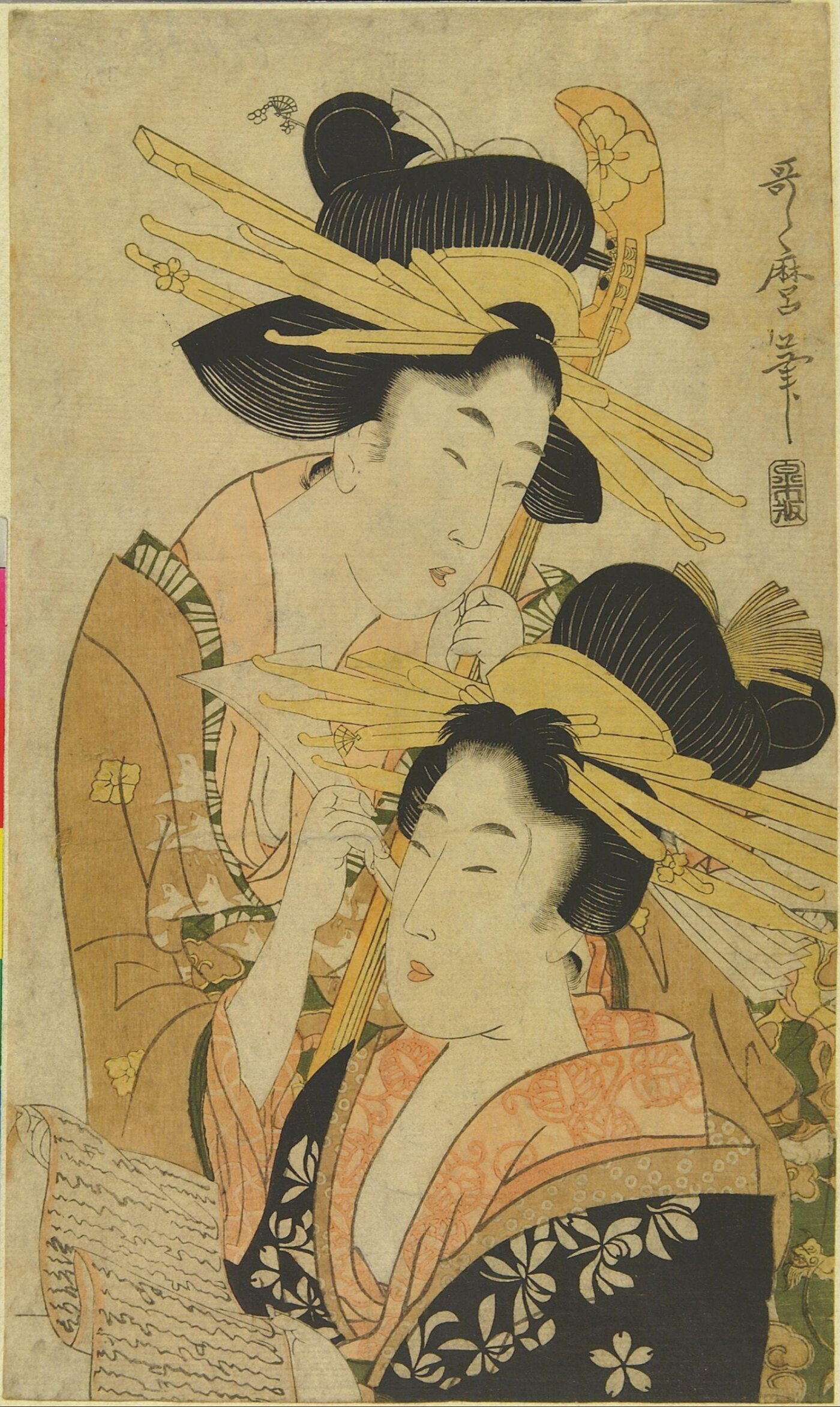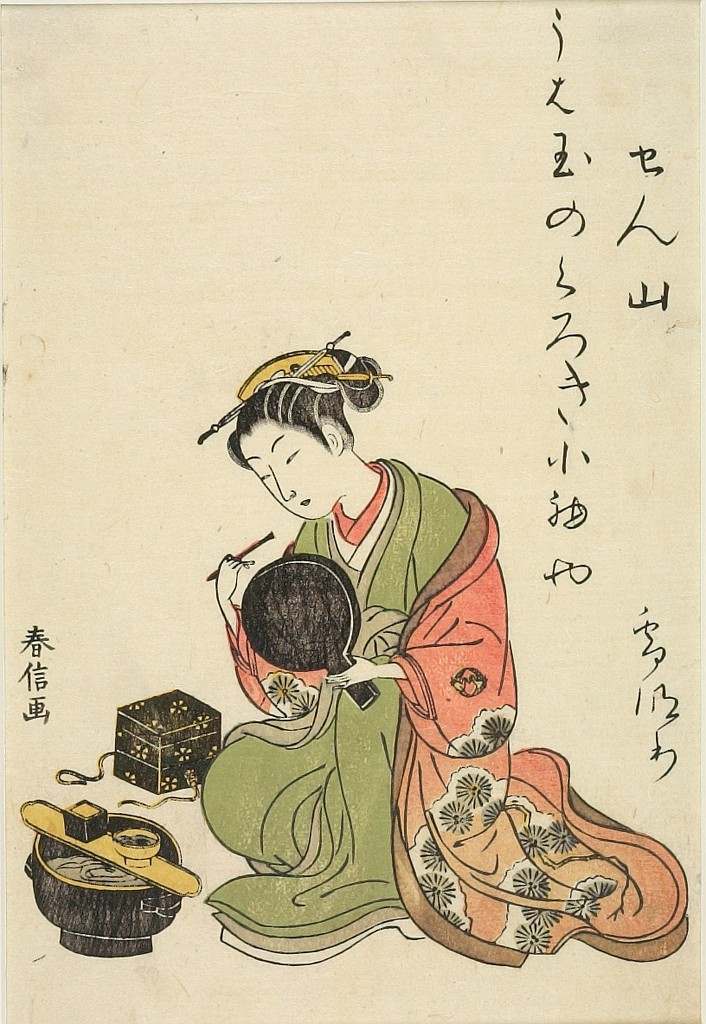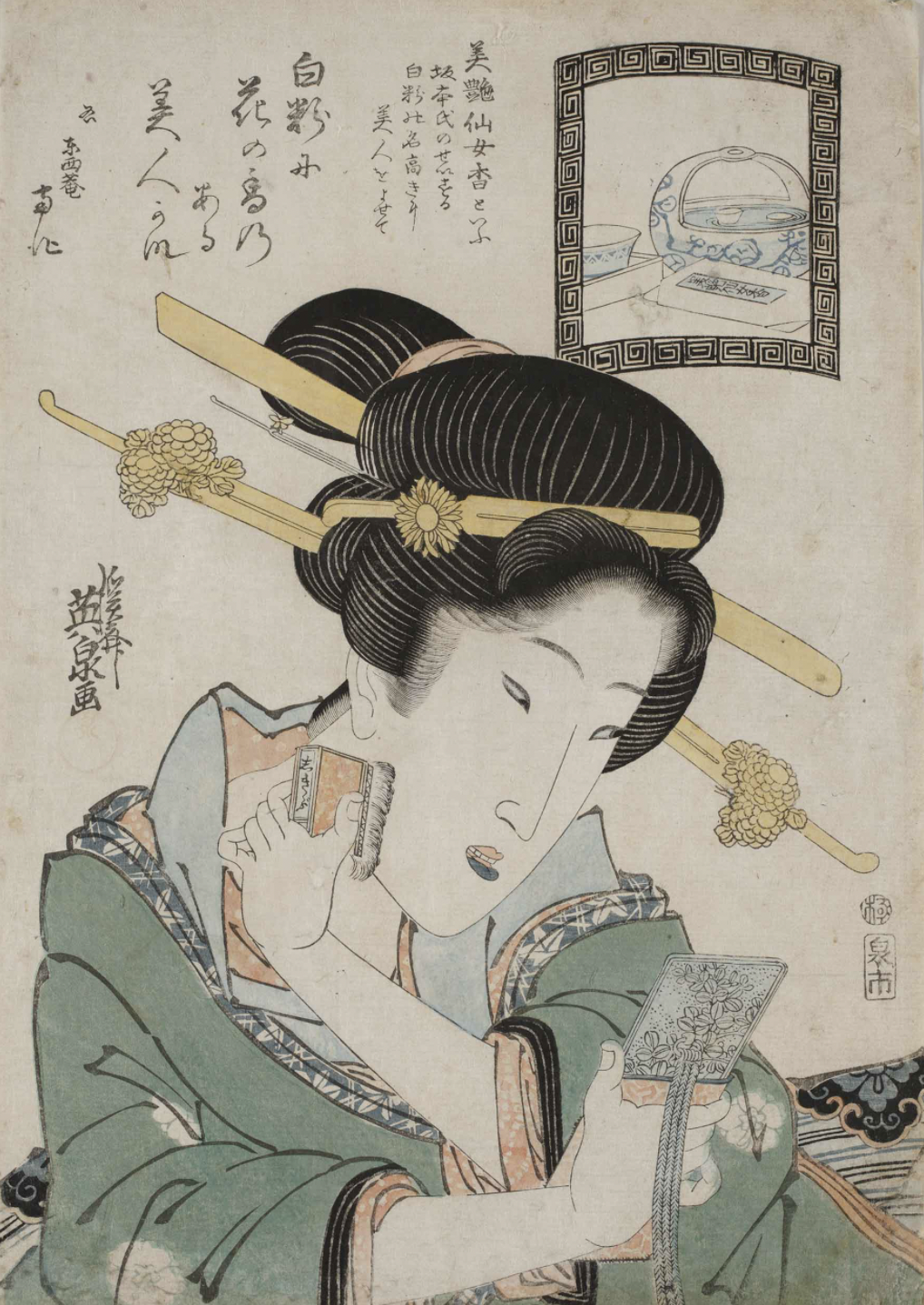Skip to main content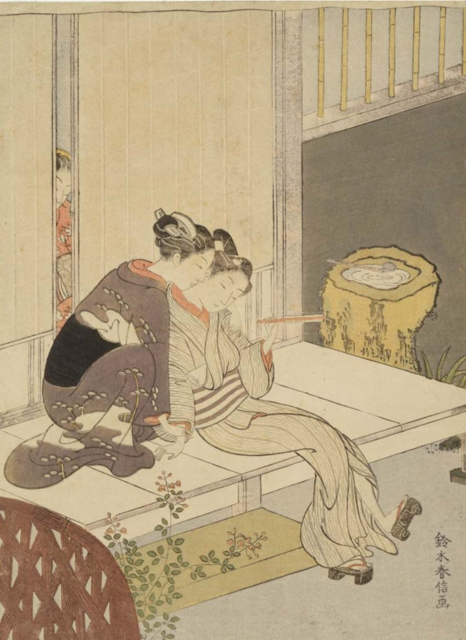
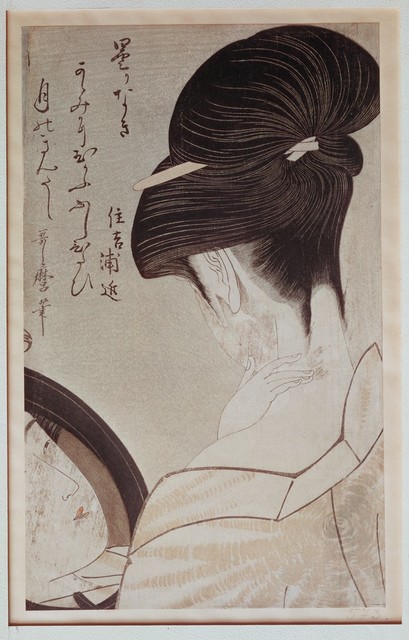
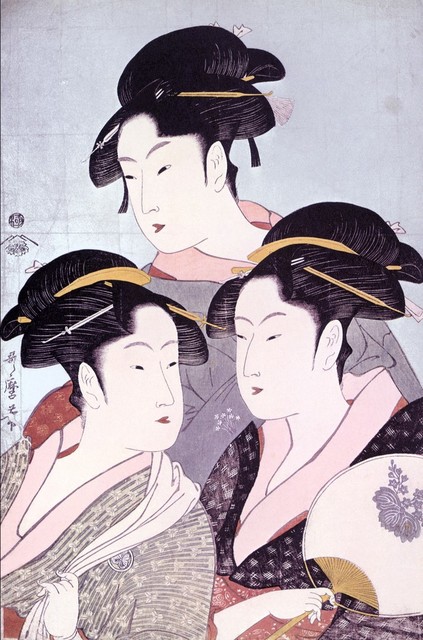
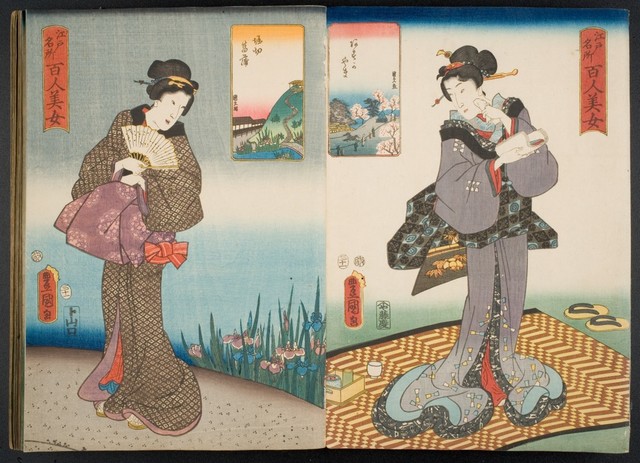
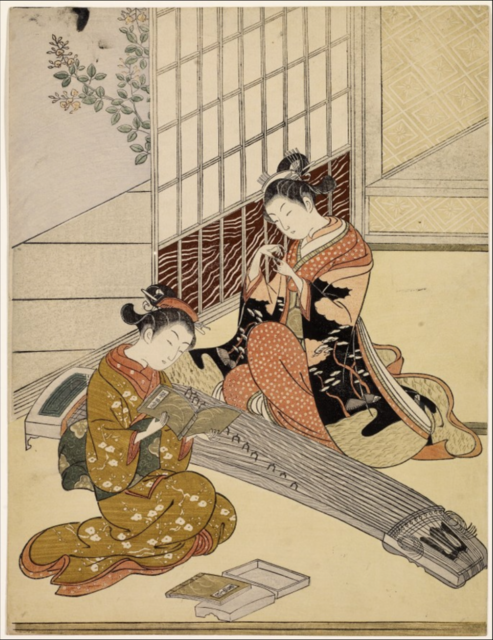
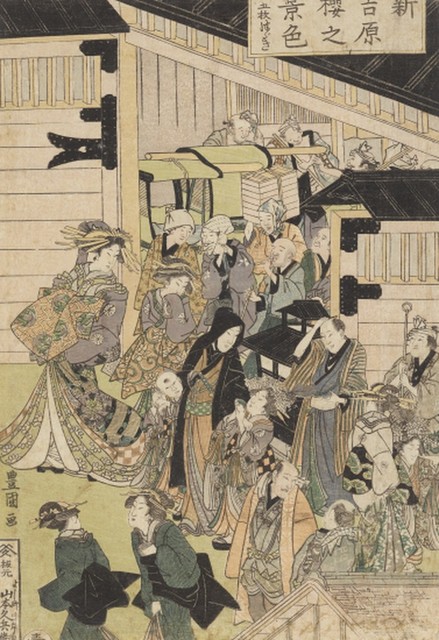
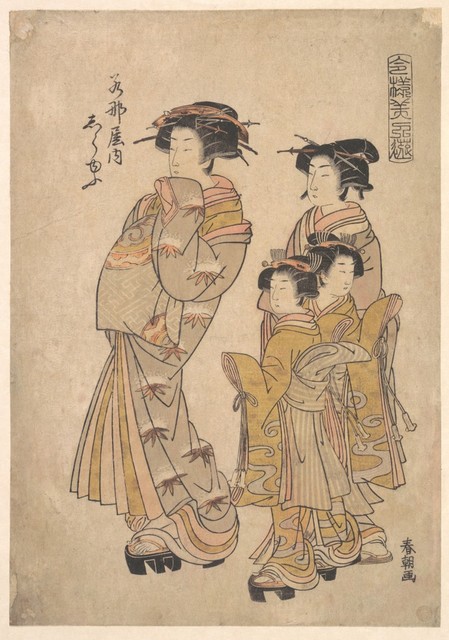
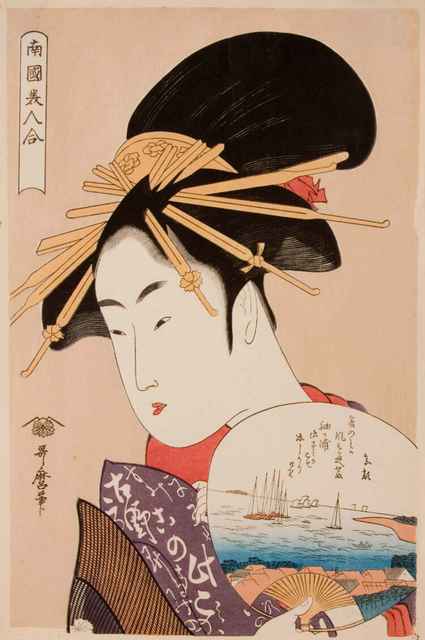
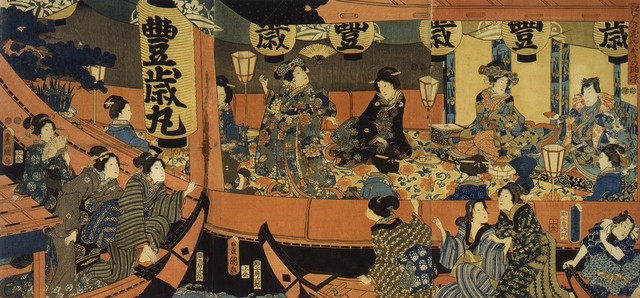
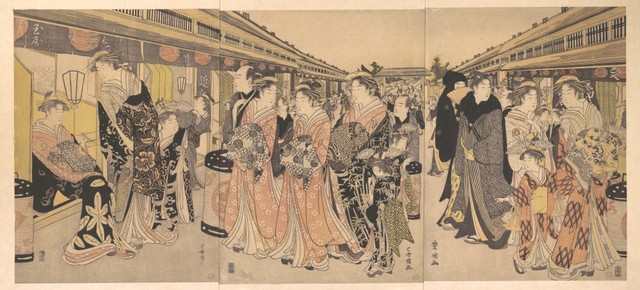

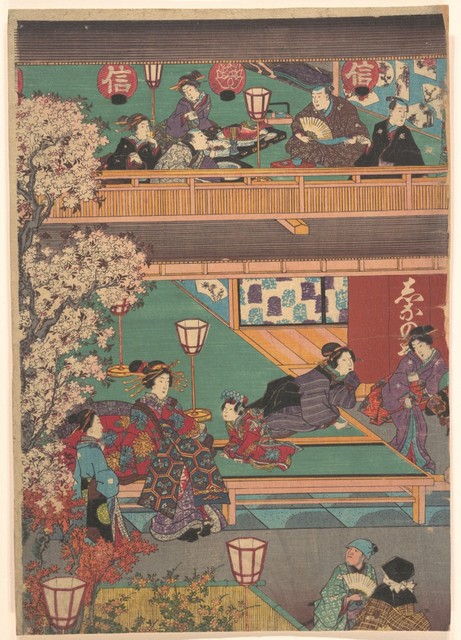
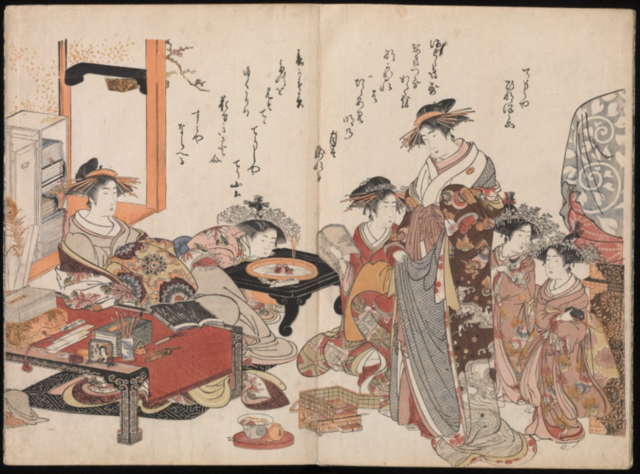
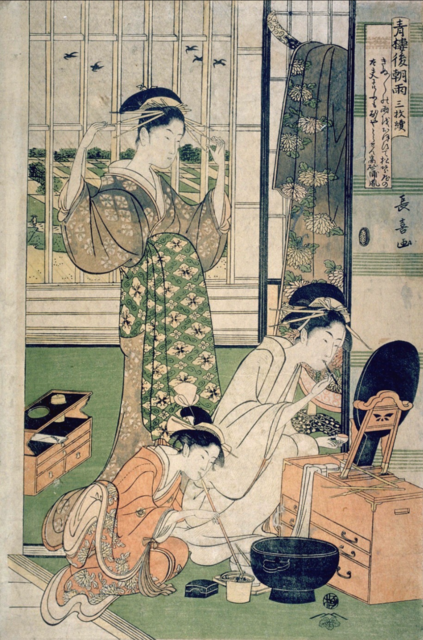
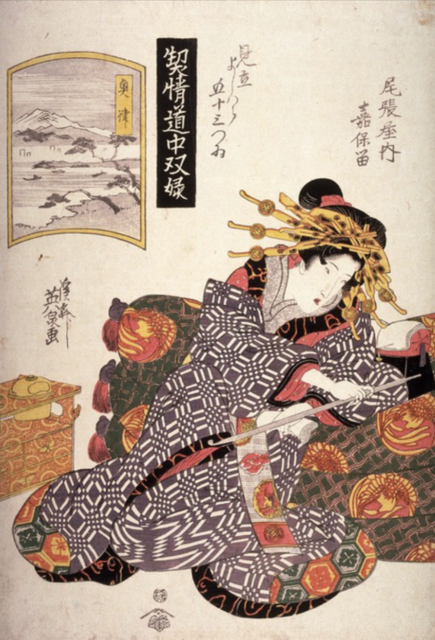
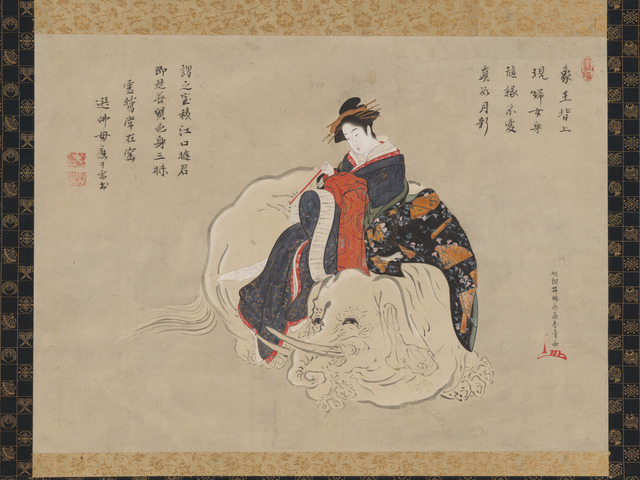
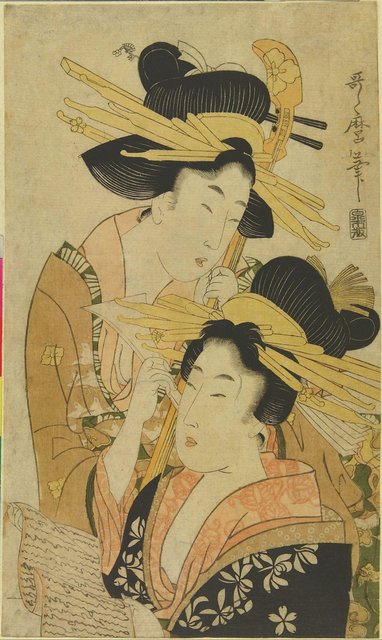
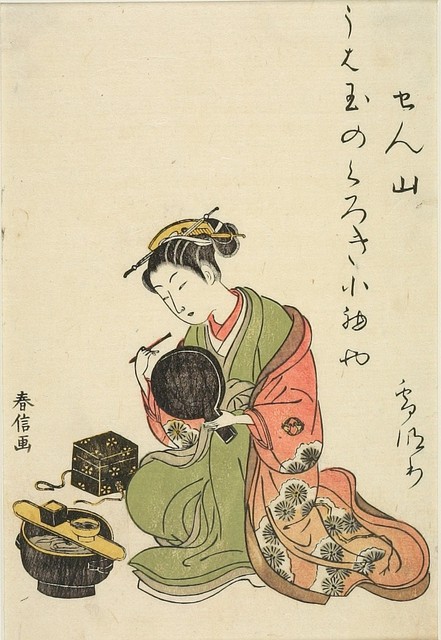
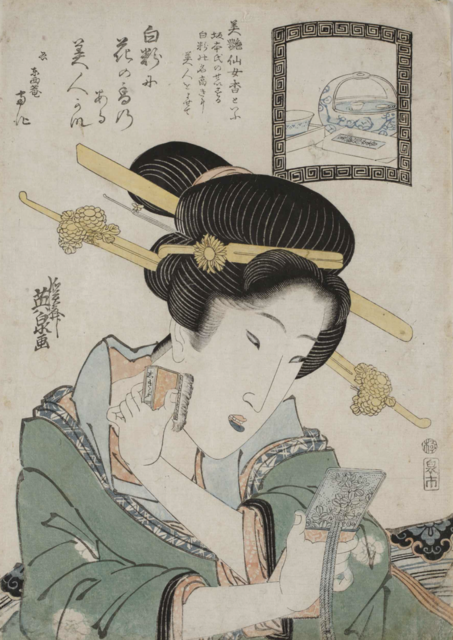
Group 3: The Representation of Courtesans in Edo Japan
Group Members: Jaydn Kahakauwila, Alaina Asato, Ashley Tseng, Xillin Wu, Arianne Decuir, Sela Lin
Resource slideshow



















Resources
19 resources. Showing results 1 through 19.
Uploaded Geisha of the House of Sumiyoshi Before a Mirror
Three Beauties of the Kansei Period (三婦艶)
Untitled from the series Famous Places in Edo Compared with One Hundred Beautiful Women (Edo meisho hyakunin bijo)
The Descending Geese of the Koto Bridge (Kotoji no Rakugan)
Cherry blossoms in the New Yoshiwara
The Oiran Shirayu of Wakanaya attended by Two Kamuro and Shinzo
The Courtesan Konosumi, from the series “Beauties of the Southern Quarter” (Nangoku bijin awase)
Yoshiwara courtesans entertaining a male client in a pleasure boat
吉原仲の町花魁道中 / Courtesans Promenading on the Nakanochō in Yoshiwara
Yoshiwara Women Looking into the Street at Springtime
Early Evening in Yoshiwara Inn
A New Record Comparing the Handwriting of the Courtesans of the Yoshiwara
Two Courtesans and a Maid
The Courtesan Kaoru of Owariya matched with Okitsu
Courtesan of Eguchi
Two Courtesans
The Courtesan Senzan Blackening Her Teeth
Bien Senjokō with a Shikibu Brush
Annotations
No one has annotated a text with this resource collection yet.


